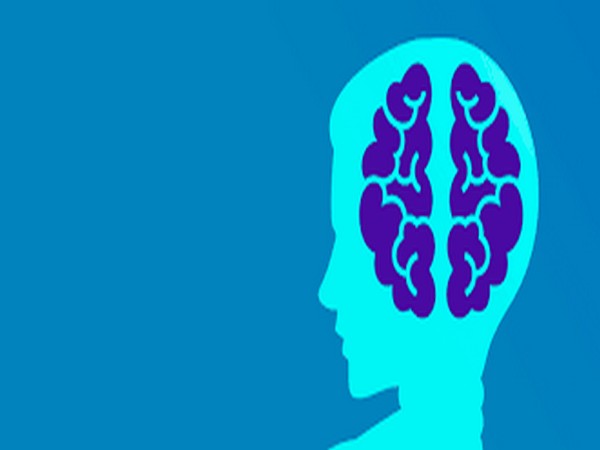Study explains how brain maps our interpersonal ties
The closer you feel to people emotionally, the more similarly you represent them in your brain, while, people who feel social disconnection tend to have a lonelier, neural self-representation, according to a recent study.

- Country:
- United States
The closer you feel to people emotionally, the more similarly you represent them in your brain, while, people who feel social disconnection tend to have a lonelier, neural self-representation, according to a recent study. The findings of the Dartmouth study are published in the Journal of Neuroscience.
"If we had a stamp of neural activity that reflected your self-representation and one that reflected that of people whom you are close to, for most of us, our stamps of neural activity would look pretty similar. Yet, for lonelier people, the neural activity was really differentiated from that of other people," explained senior author Meghan L. Meyer, an assistant professor of psychological and brain sciences, and director of the Dartmouth Social Neuroscience Lab. The study was comprised of 50 college students and community members ranging from age 18 to 47. Before going to an fMRI scanner, participants were asked to name and rank five people whom they are closest to and five acquaintances.
During the scan, participants were asked to make trait judgments about themselves, the people they are closest to and the acquaintances that they had just named, and five celebrities. Participants were asked to rate how much a trait described as a person (such as if the person is friendly) on a scale from 1 to 4 (from not at all to very much). The results showed how the brain seemed to cluster representations of people into three different cliques: oneself, one's own social network, and well-known people, like celebrities.
The closer participants felt to someone, the more similar their brain represented them throughout the social brain, including in the medial prefrontal cortex (MPFC), the region associated with the concept of self. Lonelier people showed less neural similarity between themselves and others in the MPFC, and the demarcations between the three cliques were blurrier in their neural activity. In other words, the lonelier people are, the less similar their brain looks when they think about themselves and others.
Meyer added, "It's almost as if you have a specific constellation of neural activity that is activated when you think about yourself. And when you think about your friends, much of the same constellation is recruited. If you are lonely though, you activate a fairly, different constellation when you think about others than when you think about yourself. It's as though your brain's representation of yourself is more disconnected from other people, which is consistent with how lonely people say they feel." The findings illustrate how loneliness seems to be associated with distortions in the neural mapping of social connections with others. (ANI)
(This story has not been edited by Devdiscourse staff and is auto-generated from a syndicated feed.)










